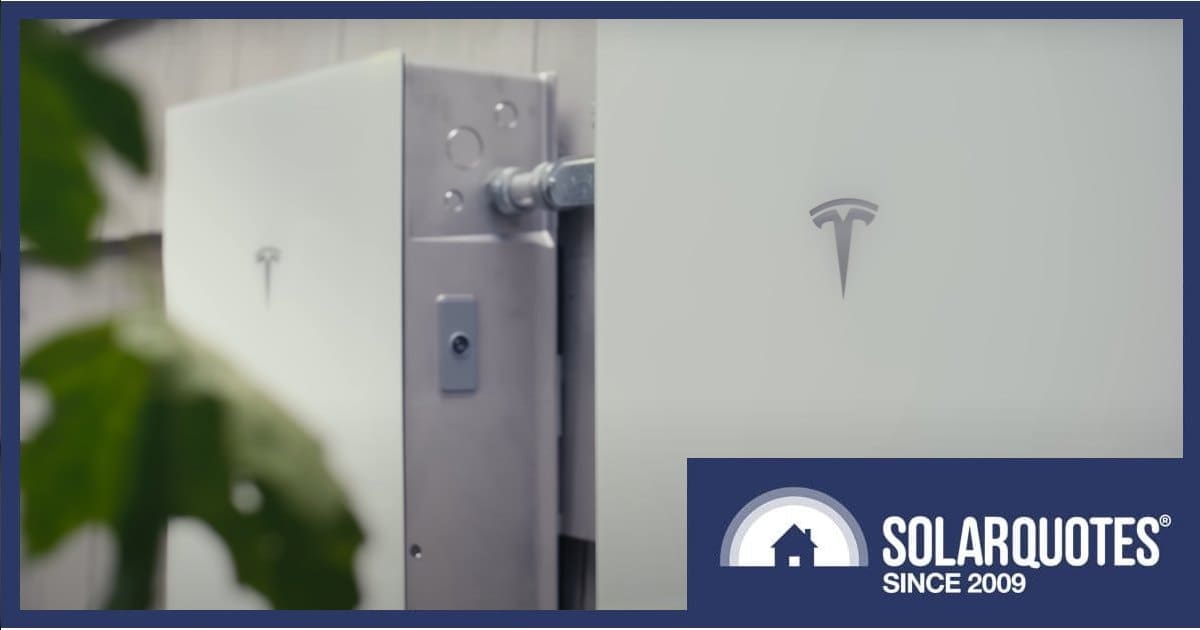Australian Home Battery Incentives In 2025 (So Far)

If one of your New Year’s resolutions is to smash your electricity bills with a home battery, here’s what government support is available and where to help some Australians on their way.
The bad news is that unlike the Australian solar panel rebate, which is available nationally and is still generous in 2025, there are no federal incentives for solar batteries – yet. But with an upcoming Federal election, perhaps Labor and the Coalition might come up with something to nudge voters their way.
The good news is that in a few states, there is existing support for buying a battery.
New South Wales
New South Wales’ battery rebate (actually an up-front discount) launched on November 1, 2024. How much it’s worth varies depending on a number of elements; among them: useable capacity of the battery, where it will be installed and whether it will be connected to a Virtual Power Plant (VPP).
But *very* generally speaking, for a Tesla Powerwall 3 (for example – it’s by no means the only show in town), the base subsidy is around $2,150. This increases to approximately $2,480 if VPP- connected. Owners of existing batteries can also get some bucks if they sign up with an eligible VPP.
There’s a bit involved with this incentive, so we’ve published a guide to the NSW battery rebate here.
ACT
The ACT Sustainable Household Scheme offers zero interest loans on home energy storage, solar + storage (see related notes here), and other selected energy efficiency equipment and improvements. A household may borrow a cumulative maximum of $15,000 over the life of the Scheme. Successful applicants have up to 10 years to pay back the loan, and there are no upfront costs or fees.
Learn more about the Sustainable Household Scheme.
Victoria
In Victoria, interest-free loans of up to $8,800 are available to eligible households for eligible batteries installed by authorised retailers. At the time of writing, there were still 1,212 loans remaining for 2024-25.
The loans are operating under the state’s long-running Solar Homes program, overseen by Solar Victoria.
Northern Territory
They aren’t mucking around in the NT. The Northern Territory Government offers up to $400 per kilowatt-hour of usable capacity, up to a maximum grant of *$12,000* (not a typo) on eligible battery systems. The NT grants were doubled on December 1 last year.
As for other states, the cupboard is bare for now. But as mentioned, the upcoming Federal election might see some action. Whispers were circulating last year that Labor and the Coalition were considering schemes; but don’t bank on these or what form they may take. If something does eventuate; it very likely won’t be immediately after the new or returning government takes office as these programs can take some time to implement.
Is Installing A Solar Battery Worth It In 2025?
Just because you can do something, it doesn’t necessarily mean you should. While installing solar panels is usually a slam-dunk decision for those with control of their rooftop, a battery is an investment that requires even more careful thought; subsidy or not – although grants in particular can make the prospect more enticing.
SolarQuotes can help here with several tools – first are our 101 guides to battery storage that will tell you everything you need to know about understanding, buying and owning a battery (and we have similar guides for solar and EV chargers).
We also have a couple of handy calculators. One is SQ’s original solar calculator that will calculate simple payback, but also how savings are impacted by a battery and solar panels separately. Even if you already have panels installed, you can still use it to get an idea of the financial benefits/payback of home energy storage.
The other tool is SQ’s new-ish add battery calculator, designed for existing solar owners. If you’re looking for solid figures, then this is for you. It requires a bit of extra effort on your part as you’ll need to upload your smart meter data in NEM12 format. The tool uses this information to calculate what your electricity bills would have been over the last year if you had a battery installed; so a more accurate approach to determining payback.
If you’re not sure how to get hold of your NEM12 file – and most solar owners wouldn’t – we have a guide to accessing your smart meter data here (note that the NT isn’t included).
Original Source: https://www.solarquotes.com.au/blog/battery-incentives-australia-mb3089/

















